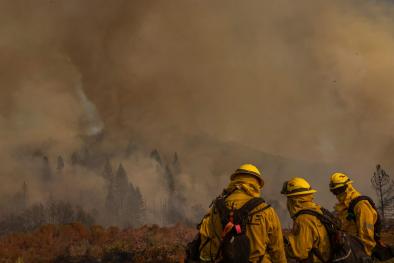The most at-risk regions in the world for high-impact heatwaves
Study key findings & significance
- Unprecedented heat, coupled with growing populations or limited health-care and energy resources, puts some parts of the world at the most risk, including Afghanistan, Papua New Guinea and countries in Central America
- The scientists based their analysis on data sets dating back more than 60 years, as well as climate models, to evaluate the likelihood of record heat. They also look at population and economic development projections.
Author quotes
“Being prepared saves lives. In this study, we show that such record-smashing events could occur anywhere. Governments around the world need to be prepared.”
Dann Mitchell, study co-author and professor in atmospheric sciences at the University of Bristol
Abstract
Heatwaves are becoming more frequent under climate change and can lead to thousands of excess deaths. Adaptation to extreme weather events often occurs in response to an event, with communities learning fast following unexpectedly impactful events. Using extreme value statistics, here we show where regional temperature records are statistically likely to be exceeded, and therefore communities might be more at-risk. In 31% of regions examined, the observed daily maximum temperature record is exceptional. Climate models suggest that similar behaviour can occur in any region. In some regions, such as Afghanistan and parts of Central America, this is a particular problem - not only have they the potential for far more extreme heatwaves than experienced, but their population is growing and increasingly exposed because of limited healthcare and energy resources. We urge policy makers in vulnerable regions to consider if heat action plans are sufficient for what might come.
Related Content



